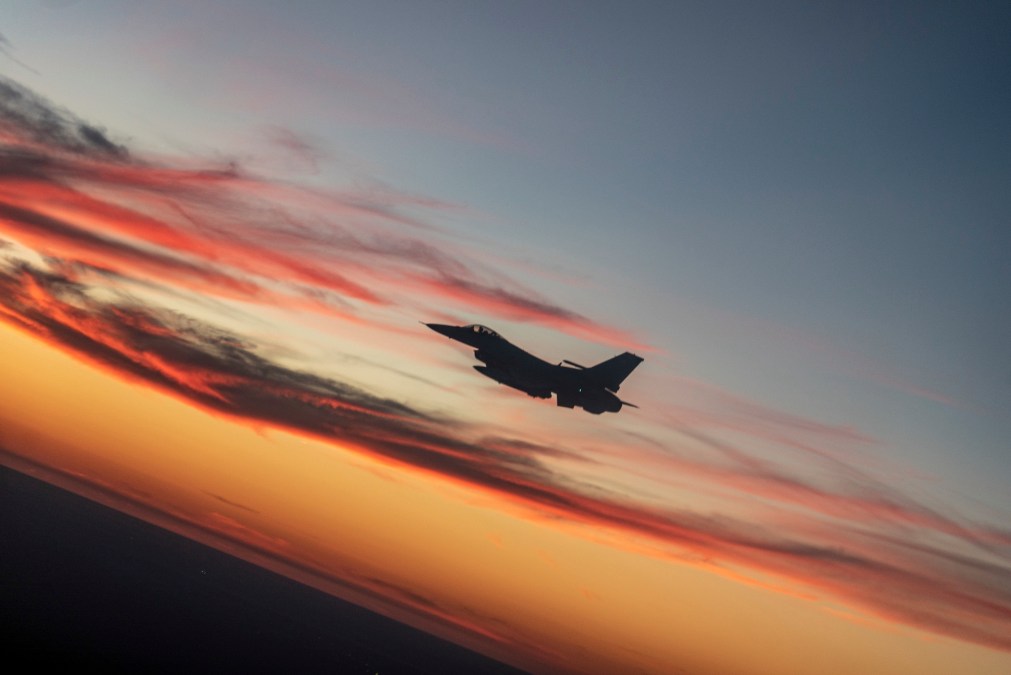Air Force unit works to reprogram electronic warfare system on F-16s for Ukrainian military

Following the delivery of F-16 fighter jets to Ukrainian military forces, a key U.S. Air Force unit worked to reprogram the aircraft’s electronic warfare systems.
Kyiv has been clamoring for F-16s in its fight against Russia’s invasion that began over two years ago. Denmark and the Netherlands provided those aircraft, but it required assistance from the 68th Electronic Warfare Squadron to integrate EW subsystems with the Ukrainian air force.
The 68th is part of the U.S. Air Force’s 350th Spectrum Warfare Wing, established in 2021 as a result of a landmark electromagnetic spectrum study to reinvigorate spectrum within the service. The wing has three primary missions: rapid reprogramming, target and waveform development, and assessment of the Air Force’s electronic warfare capabilities.
In the cat-and-mouse game of EW and electromagnetic spectrum operations — where adversaries seek to deny access to the spectrum for communications or navigation through jamming — agility and speed are paramount. Once a signal is detected, forces must work to reprogram systems to counter it, which during the Cold War could take weeks to months as the signal had to be sent back to a lab, a fix devised, and then sent back to the field.
The F-16 work provided a critical test for the unit as the electronic warfare system that needed to be integrated and reprogrammed was not in the U.S. inventory, meaning it was new territory for squadron. Moreover, it provided an opportunity to urgently reprogram the system on a war-like timeline.
“Most reprogramming centers would have said ‘no way’ when approaching this challenge; it’s uncharted policy,” the 68th EWS chief engineer said in a release from the unit, which omitted the engineer’s name. “We looked at each other and we said, ‘If not us, then who? We’re the best people to do this.’”
The team assembled for the task first had to understand this foreign electronic warfare system and how to reprogram it, working with their Danish and Norwegian partners to provide data.
The organization then adapted new processes such as sending personnel overseas to a partner nation lab to work collaboratively on the system — something that is unusual for the unit as most of its reprogramming is done from facilities at Air Force bases stateside.
Officials lauded the effort and explained that this type of collaboration with partner nations will be critical to operations going forward.
“When you’re talking about a near-peer conflict, you need all of your coalition partners to operate with the same playbook so you can achieve spectrum dominance,” the unit’s director said in a statement, which didn’t include their name. “One F-16 with a reprogrammed pod won’t achieve air dominance alone, but it may give you a pocket of air superiority for a moment’s time to achieve an objective that has strategic importance and impact.”
The Air Force hopes to add Ukraine to its portfolio in the future with it being onboarded as an official foreign military sales case for the 68th. The unit will now provide reprogramming capabilities based upon feedback from Ukraine, serving as combat-tested data to improve its capabilities, according to the service.



